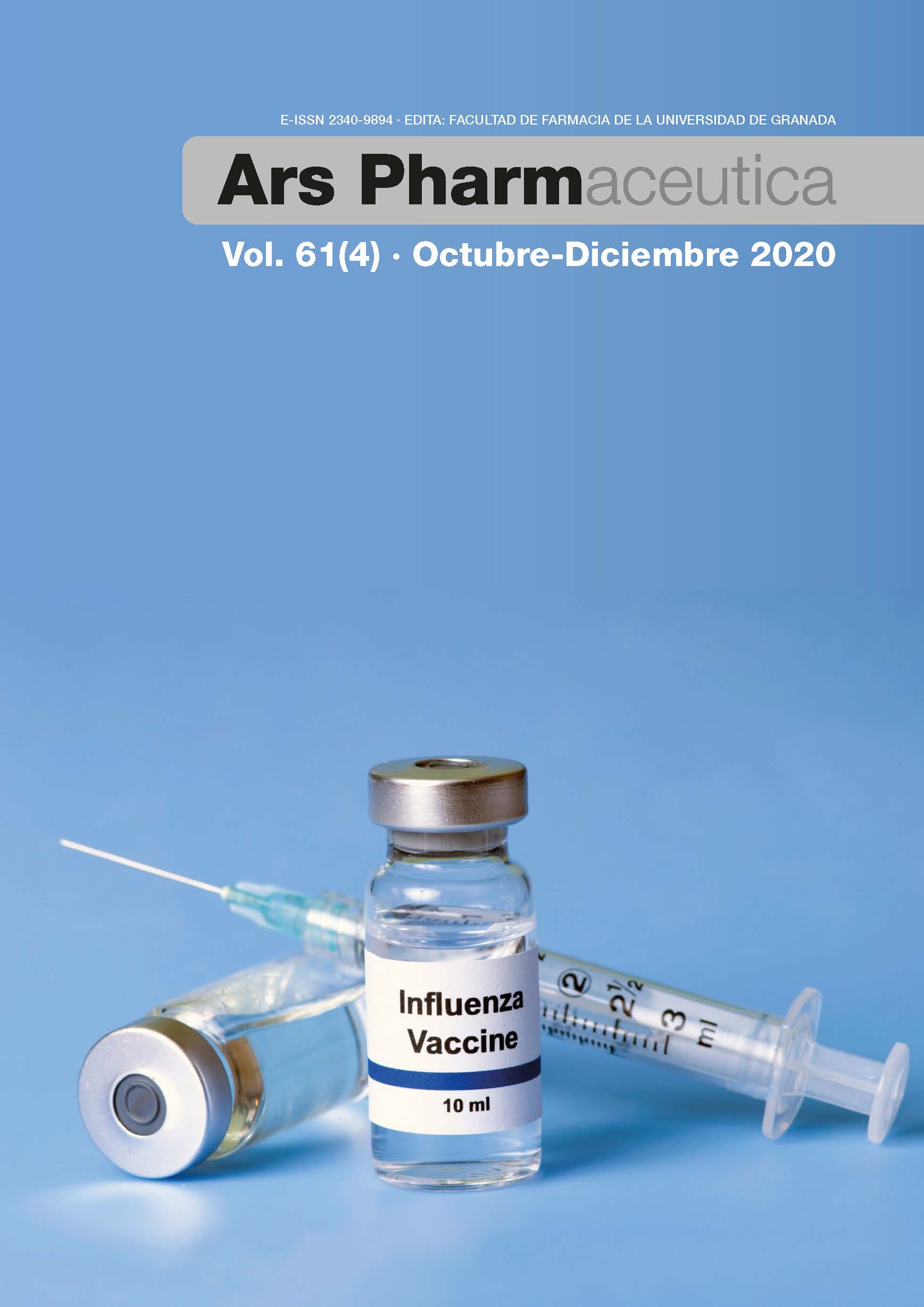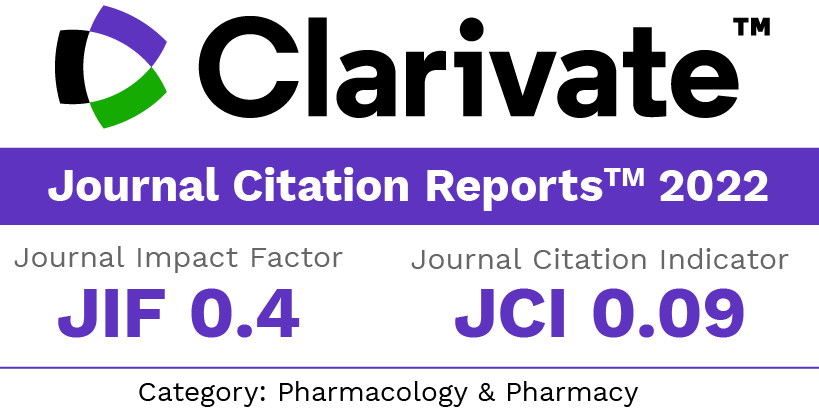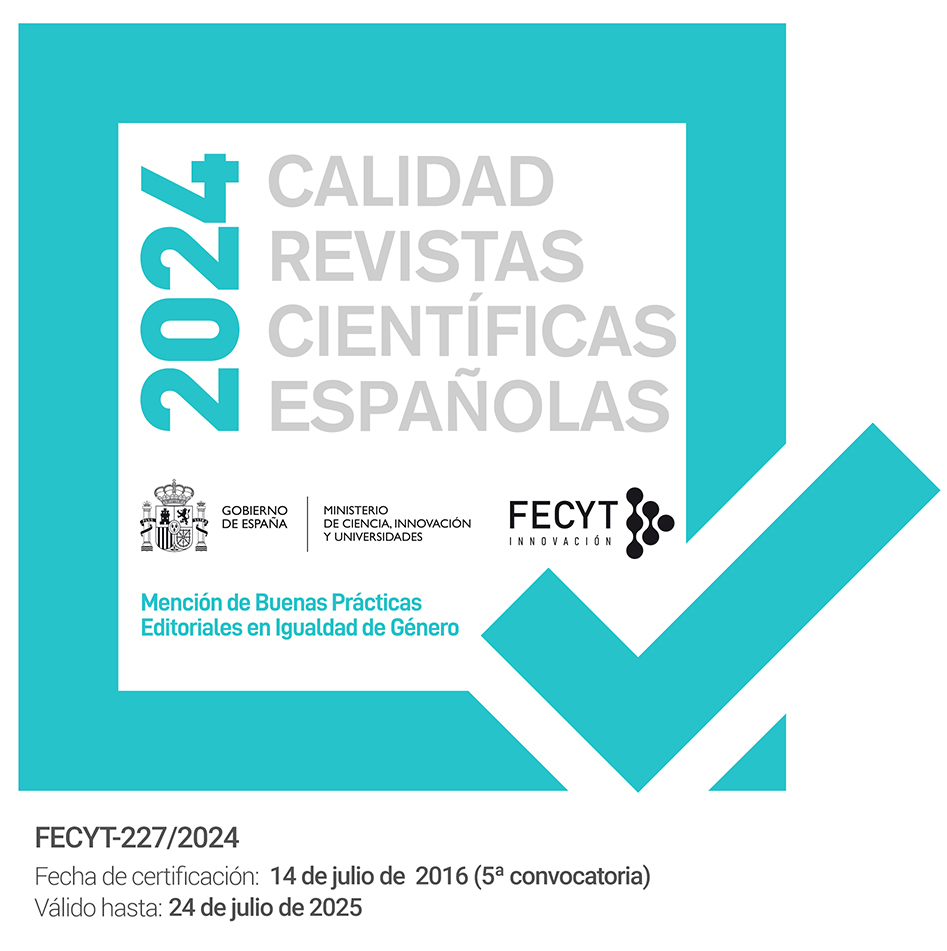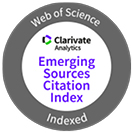Antileishmanial activity and cytotoxicity of Jatropha gossypifolia L.
Keywords:
Cytotoxicity, Jatropha gossypifolia L., Leishmania, LeishmaniasisAbstract
Introduction: Aqueous extracts of the leaves of Jatropha gossypifolia L. are traditionally used in the treatment of leishmaniasis. These extracts do not have conclusive reports related to their effectiveness and their cytotoxicity although in recent studies the utility of the plant in the treatment of leishmaniasis using other solvents has been supported.
Method: The antileishmanial activity and the cytotoxicity of the aqueous and hydroalcoholic extracts of the leaves of Jatropha gossypifolia L. were determined using the resazurine fluorescence method. Both, promastigotes of Leishmania amazonensis and peritoneal macrophages of Balb/c mouse were studied.
Results: The half-maximal inhibitory concentration for the aqueous and hydroalcoholic extract was 0.28 µg/mL ± 0.15 µg/mL (n=3) and 0.59 µg/mL ± 0.26 µg/mL (n=3) respectively, although they did not show parasiticide activity at any of the evaluated concentrations. Similarly, the mean cytotoxic concentrations obtained were 0.91 µg/mL ± 0.11 µg/mL (n=3) and 0.57 µg/mL ± 0.12 µg/ml (n=3).
Conclusions: The aqueous extract was more effective and less cytotoxic against Leishmania amazonensis promastigotes. The results obtained support the traditional use of the extracts by topical application in the treatment of cutaneous leishmaniasis.
Downloads
References
Kumar A. Leishmania and Leishmaniasis. SpringerBriefs in Immunology 3. New York: Springer Science+Business Media; 2013. p. 1-12. doi: 10.1007/978-1-4614-8869-9
Torres-Guerrero E, Arenas R. Leishmaniasis. Alternativas terapéuticas actuales. Dermatol Rev Mex 2018;62(5):400-409.
Sundar S, Chakravarty J. Mechanism of Drug Resistance in Visceral Leishmaniasis. In: Adak S, Datta R, editors. Leishmania: Current Biology and Control. Norfolk, UK: Caister Academic Press; 2015. p. 215-230.
Ponte-Sucre A, Díaz E, Padrón-Nieves M. Drug Resistance in Leishmania Parasites. Consequences, Molecular Mechanisms and Possible Treatments. New York: Springer-Verlag; 2013. doi: 10.1007/978-3-7091-1125-3
Martins GV, Alves DR, Viera-Araújo FM, Rondon F, Braz-Filho R, Morais SM. Estudo Químico e Avaliação das Atividades Antioxidante, Antiacetilcolinesterase e Antileishmanial de Extratos de Jatropha gossypifolia L. (Pião Roxo). Rev Virtual Quim. 2018;10(1):21-36.doi: 10.21577/1984-6835.20180004
Ogbonna JC, Igbe I, Erharuyi O, Imieje VO, Falodun A. Biological Activities of a Macrocyclic Diterpenoid Isolated from the Roots of Jatropha gossypiifolia J Afr Ass Physiol Sci. 2017;5(2):111-120.
Félix-Silva J, Brandt RG, da Silva-Jr AA, Zucolotto SM, de Freitas F-PM. Jatropha gossypifolia L. (Euphorbiaceae): a review of traditional uses, phytochemistry, pharmacology, and toxicology of this medicinal plant. Evid Based Compliment Altern Med 2014;2014:1-32.doi: 10.1155/2014/369204
Bodley AL, McGarry MW, Shapiro TA. Drug cytotoxicity assay for African trypanosomes and Leishmania species. Journal of Infectious Diseases. 1995;172(4):1157-1159.
Sifontes-Rodríguez S, Monzote-Fidalgo L, Castañedo-Cancio N, Montalvo-Álvarez AM, López-Hernández Y, Diogo NM, et al. The efficacy of 2-nitrovinylfuran derivatives againstLeishmania in vitro and in vivo. Memórias do Instituto Oswaldo Cruz. 2015;110(2):166-173.
Rolón M, Vega C, Escario JA, Gómez-Barrio A. Development of resazurin microtiter assay for drug sensibility testing of Trypanosoma cruzi epimastigotes. Parasitology Res. 2006;99(2):103-107.
Medina Albert JE. Potencial antileishmaniásico y antimicrobiano de las hojas de la especie Jatropha gossypifolia L. Santa Clara, Cuba: Universidad Central Martha Abreu de Las Villas; 2018.
Apu AS, Bhuyan SH, Khatun F, Liza MS, Matin M, Hossain MF. Assessment of cytotoxic activity of two medicinal plants using brine shrimp (Artemia salina) as an experimental tool. Int J Pharm Sci Res. 2013;4(3):1125-1130.
Almeida PM, Araújo SS, Santos IRMR, Marin-Morales MA, Benko-Iseppon AM, Santos AV, et al. Genotoxic potential of leaf extracts of Jatropha gossypiifolia L. . Genet Mol Res. 2016;15(1 ).doi: 10.4238/gmr.15017415
Xavier-Santos JB, Félix-Silva J, Passos JGR, Gomes JAS, Fernandes JM, Barreto Garcia V, et al. Development of an effective and safe topical anti-inflammatory gel containing Jatropha gossypiifolia leaf extract: results from a pre-clinical trial in mice. Journal of Ethnopharmacology. 2018;227:268-278. doi: 10.1016/j.jep.2018.09.007
Downloads
Published
How to Cite
Issue
Section
License
The articles, which are published in this journal, are subject to the following terms in relation to the rights of patrimonial or exploitation:
- The authors will keep their copyright and guarantee to the journal the right of first publication of their work, which will be distributed with a Creative Commons BY-NC-SA 4.0 license that allows third parties to reuse the work whenever its author, quote the original source and do not make commercial use of it.
b. The authors may adopt other non-exclusive licensing agreements for the distribution of the published version of the work (e.g., deposit it in an institutional telematic file or publish it in a monographic volume) provided that the original source of its publication is indicated.
c. Authors are allowed and advised to disseminate their work through the Internet (e.g. in institutional repositories or on their website) before and during the submission process, which can produce interesting exchanges and increase citations of the published work. (See The effect of open access).



















